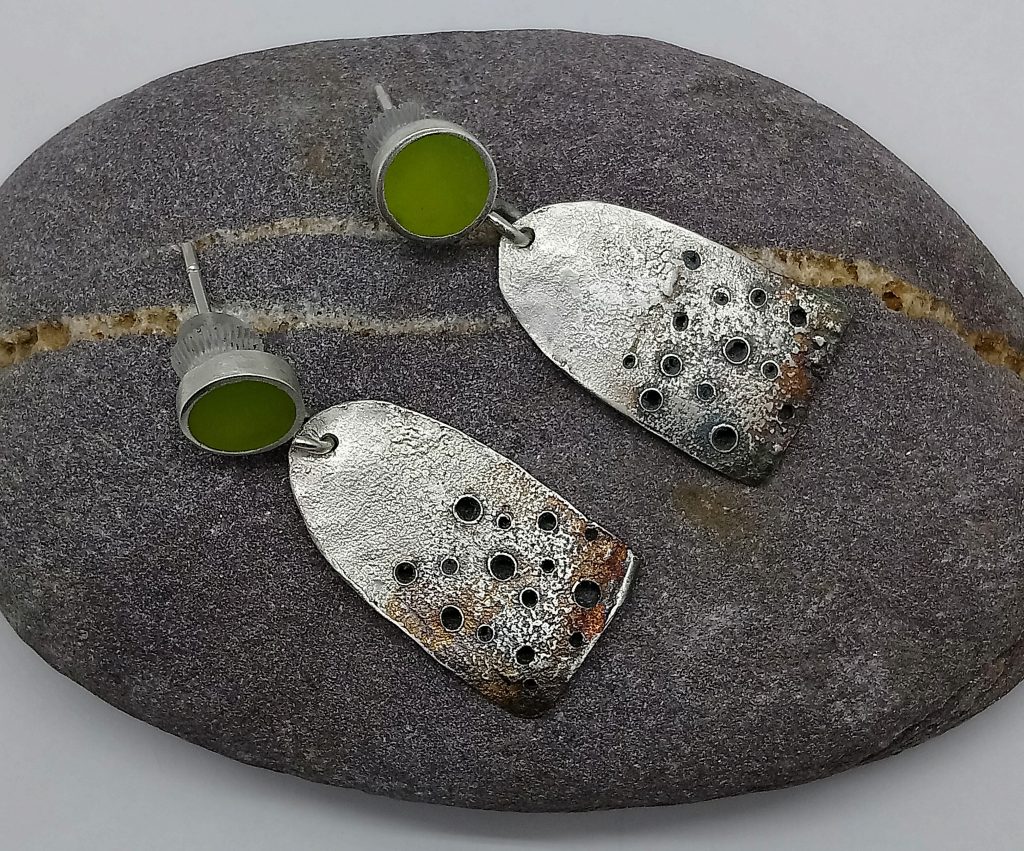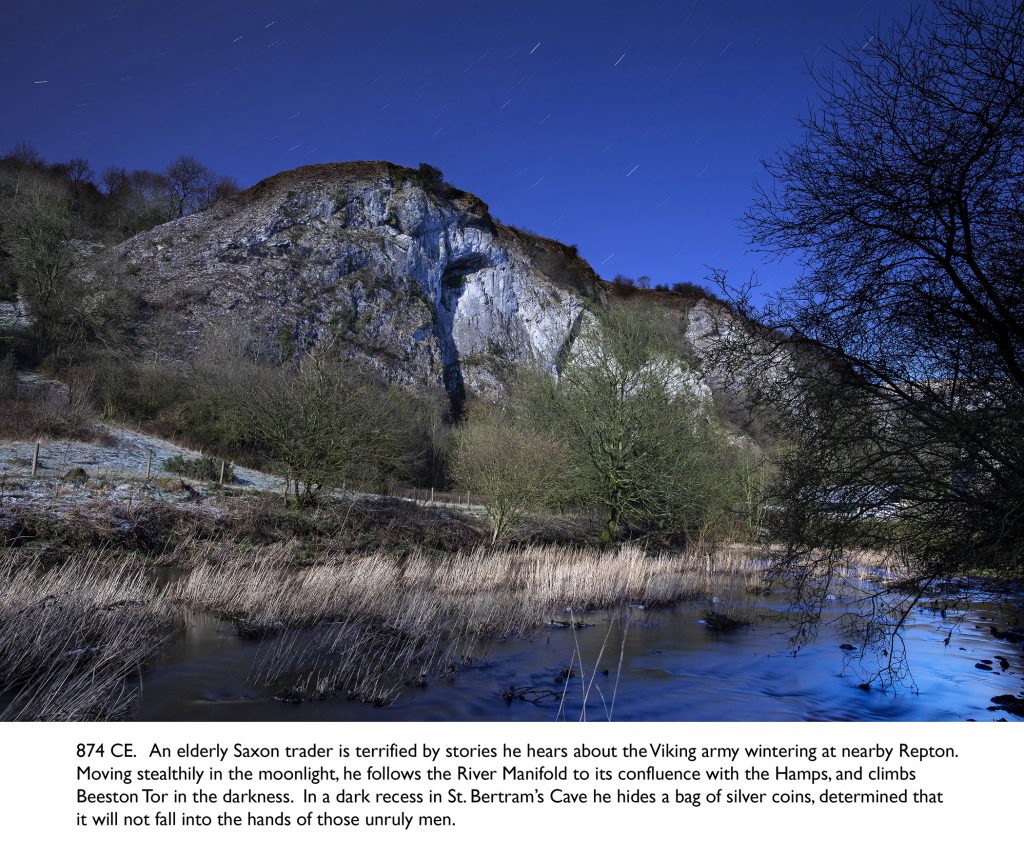Art is work…
Perhaps surprisingly, few professional artists consider that actually selling their work constitutes their major challenge. Experienced professionals know that for the right customer, the right artwork is just something that they have to have. There are a lot of artists, but equally there are a lot of potential customers. But how does the customer become aware of the artist, and the work itself? Equally how do Derbyshire galleries get to know about the work of professional artists in Derbyshire? This is where the major challenge lies: simply getting artistic work in front of the right customers, whether directly or through local galleries. And with the current situation never has it been more difficult for art and customers to meet. Business Peak District, the voice for business within the local area, lists 117 businesses ‘Inspired by the Peak District’ within the ‘Creative’ sector, and contains a significant number of local artists working in a range of disciplines, as well as a number of galleries. There are many more than this in the wide area of Derbyshire as a whole. And although there are excellent local galleries displaying work from local artists, local artists lack the sheer volume of opportunities available to artistic communities in the big cities.
Let’s think about the art for a moment. Whether you are a painter, sculptor, ceramicist, jeweller or creative photographer, it is not easy to work as a professional artist. We’re not talking here about the mental anguish experienced by Van Gogh, or the tortured genius of Edvard Munch, but rather about the simple practical challenges faced by the artist that any professional faces in their work.

Indeed, artists face perhaps a greater challenge than other professionals in getting people to understand that what they do is indeed ‘work’ that requires routines, schedules, dedicated space, specialised equipment, research, as well as the time and solitude to think, explore and create new work. To find a signature approach: one that people recognise, to get very good at it, and to produce a volume of work, against time constraints, and resist the pressure to mass produce or cut quality. And just like every other professional, manage their business and create routes to market.
In addition, many works of art require a highly technical approach. Take these resin and reticulated silver earrings (pictured), inspired by the limestone crags of Derbyshire and the plants that grow on them: starting with resin, Sterling and Britannia silver, 29 steps were involved, including not only soldering, sanding and drilling, but multiple chemical and cyclical heating treatments in order to create the envisioned final piece. No attention to detail is spared, and no element of them are just ‘how they turned out’: flat surfaces are flat by design, and the ‘organic’ reticulated nature of the body is just so by exact design. They are also engineered for comfort and durability. The raw material cost is high, as it uses precious metal, however many hours were taken to construct the piece, and countless hours before that in its visualisation. It uses no pre-fabricated parts and is unique; no piece will ever again be created that is exactly the same.

Or this photograph of Beeston Tor (pictured): it is immediately apparent that there is something special and meaningful about the work. In fact the photograph was taken at night, in the middle of winter on the day after the ‘blood moon’ eclipse, calculated to offer the best (moon)-light conditions. The star trails show that it was a long exposure. It may be less obvious that the picture was taken from the middle of the river with temperatures below minus 10, the only ‘right’ place it could be taken.
It is not simply a pretty picture however: this forms part of a larger body of work seeking, in a series of pictures, to link the local landscape with its history. As the integral caption indicates, the photographer was aiming to get inside the head and heart of the person who left very precious valuables at the foot of the cliff in St. Bertram’s Cave over 1500 years ago, and to understand and to convey why they might have done it. The entire body of work was displayed earlier in 2019 at Buxton Museum and Art Gallery, and was printed at high resolution on large panels of aluminium, suggesting windows onto the outside environment of the Peak District.
Back to practicalities: Derbyshire does not have the routes to customers that the larger cities may have, especially for less advantaged artists. But similarly, although there are many galleries within Derbyshire, they do not always have access or knowledge of the artists working in their midst. Although many would prefer to source local work, some are forced to fill gaps with work from outside the area, or heaven forbid (!) lower quality, mass produced work.
One of the aims of the Bonsall Arts Trail is to bridge that gap. And although Covid-19 has turned the world on its head, the initiative that the Trail has started continues on. Despite the evident negatives, positives have emerged: the Bonsall Arts Trail has had to adapt, not only postponing until 2021 but creating an enduring online forum for our artists (existing and those that want to join). Of course other festivals and events have had to do likewise, and co-operation is already emerging between the different communities and groups that will stand the arts community in good stead for the future.
